In this article, Narzanin Massourni, lecturer at the University of Exeter, reflects on the structural elements of Islamophobia and the way it is rooted in the European history and legal and political system.
We live in a time of Islamophobia.
In February, two violent attacks on Muslims in Europe, one in Hanau in Germany, the other in London, took place within 24 hours of each other. Though the circumstances were different — the attacker in Hanau left a “manifesto” full of far-right conspiracy theories, while the motivations of the London attacker were less certain — the target was the same: Muslims.
The two events add to a growing list of violent attacks on Muslims across Europe. In 2018 alone, France saw an increase of 52 percent of Islamophobic incidents; in Austria there was a rise of approximately 74 percent, with 540 cases. The culmination of a decade of steadily increasing attacks on Muslims, such figures express a widespread antipathy to Islam. Forty-four percent of Germans, for example, see “a fundamental contradiction between Islam and German culture and values.” The figure for the same in Finland is a remarkable 62 percent; in Italy, it’s 53 percent. To be a Muslim in Europe is to be mistrusted, visible and vulnerable.
Across the Continent, Islamophobic organizations and individuals have been able to advance their agenda. Islamophobic street movements and political parties have become more popular. And their ideas have been incorporated into — and in some instances fed by — the machinery of the modern state, which surveils and supervises Muslims, casting them as threats to the life of the nation.
The impact of the war on terror
From the street to the state, Islamophobia is baked into European political life.
This has been nearly 20 years in the making. The “war on terror” — which singled out Muslims and Islam as a civilizational threat to “the West” — created the conditions for widespread Islamophobia. Internationally, it caused instability and increased violence, with the rise of the Islamic State in part a consequence. Domestically, in both Europe and the United States, new counterterrorism policies overwhelmingly targeted Muslims.
In Britain, for example, you are 150 times more likely to be stopped and searched under Schedule 7 of the Terrorism Act — a draconian piece of legislation that allows people to be stopped at ports without “reasonable suspicion” — if you are of Pakistani heritage than if you are white. And then there are policies that in the name of “countering violent extremism” focus on the supposed threats of radicalization and extremism. In place across Europe, including in the European Union, such policies expand policing and counterterrorism to target the expression of political ideologies and religious identities. In practice, Muslims are treated as legitimate objects of suspicion.
Manifestación de Pegida en Alemania. Foto de strassenstriche.net.In this setting of suspicion, a network of organizations and individuals preaching about the “threat” of Islam has flourished. Known as the “counter-jihad movement,” it exists as a spectrum across Europe and America of “street-fighting forces at one end and cultural conservatives and neoconservative writers at the other,” according to Liz Fekete, the director of the Institute of Race Relations. In Europe, groups like Stop Islamization of Denmark and the English Defense League have been central to fostering violence against Muslims.
In America, the relative absence of grass-roots, street-based groups is more than made up for by the institutional heft of the movement — its five key organizations include Middle East Forum and the Center for Security Policy — and its proximity to power and influence. The movement is funded by what the Center for American Progress calls the “Islamophobia network,” with links to senior figures in the American political establishment. The movement has successfully popularized the association of Muslims with an external “terrorist threat,” of which President Trump’s so-called Muslim ban is a prime expression.
An anti-Muslim political narrative
What’s more, far-right parties built around Islamophobia and the politics of counter-jihad have become electorally successful. Vlaams Belang in Belgium, the Sweden Democrats and the Alternative for Germany have in the past few years become major parties with substantial support. And their ideas have bled into the rhetoric and policies of center-right parties across Europe.
What’s more, far-right parties built around Islamophobia and the politics of counter-jihad have become electorally successful.
Successive center-right political leaders have repeatedly warned against “Islamist terrorism” (Chancellor Angela Merkel of Germany) and the incompatibility with European values of “Islamist separatism” (President Emmanuel Macron of France). The banning of forms of Muslim veiling in various public spaces — from the hijab ban in French schools and restrictions for teachers in some parts of Germany to an outright ban of the face-covering niqab in public spaces in Denmark, Belgium and France — shows how anti-Muslim sentiment has moved comprehensively from society’s fringes to the heart of government.
Britain has led the way. In 2011, it expanded the scope of its counterextremism policy, known as Prevent, to include “nonviolent” as well as “violent” manifestations. The change can be traced to the neoconservative elements of the counter-jihad movement: It was successful lobbying by Policy Exchange and the Centre for Social Cohesion (now part of the Henry Jackson Society), both widely regarded as neoconservative think tanks, that secured it. The expansion of the scope of these policies effectively turns schoolteachers, doctors and nurses into police operatives — and any Muslim into a potential security threat.
In Britain, we can see a vicious circle of Islamophobia, replicated in some form across Europe. The state introduces legislation effectively targeting Muslims, which in turn encourages and emboldens the counter-jihad movement — whose policy papers, polemics and protests propel the state to extend legislation, all but criminalizing aspects of Muslims’ identity. The result is to fan Islamophobic sentiment in the public at large.
The way such an atmosphere gives rise to violence is complicated. Anders Breivik, the Norwegian who killed 77 people in 2011, described his massacre as an effort to ward off “Eurabia” — the theory, popularized by Bat Ye’or and fervently taken up by the counter-jihad movement, that Europe will be colonized by the “Arab world.” Likewise, the attacker in Hanau fixated on crime committed by nonwhite immigrants and possessed what the German authorities have called “a deeply racist mind-set.” Both drew from the groundswell of Islamophobic rhetoric that has accompanied policies that single out Muslims for special scrutiny. But both operated alone, and neither maintained links to any organization or party. Their actions were their own.
The line from policy to act, rhetoric to violence, is very hard to draw. And the process by which Islamophobia spreads across European society is complex, multicausal, endlessly ramifying.
But that doesn’t mean it comes from nowhere.
Narzanin Massoumi (@Narzanin) is a lecturer at the University of Exeter in Britain and a co-editor of “What Is Islamophobia? Racism, Social Movements and the State.”
Source: https://www.nytimes.com/2020/03/06/opinion/europe-islamophobia-attacks.html

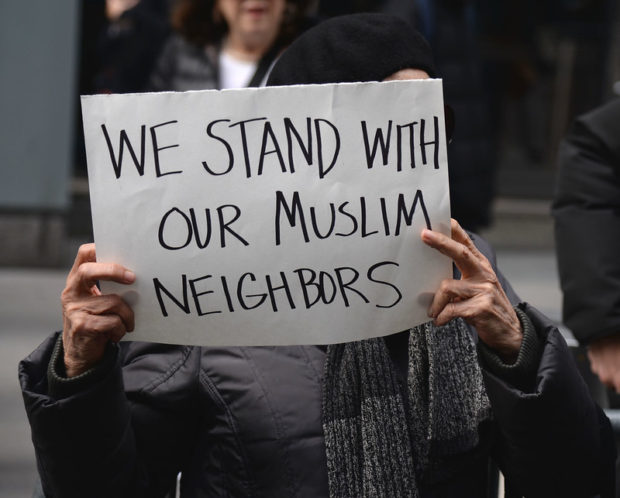
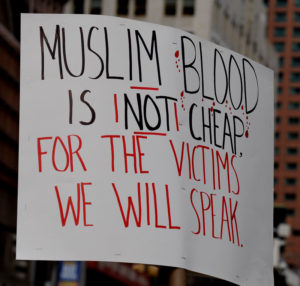
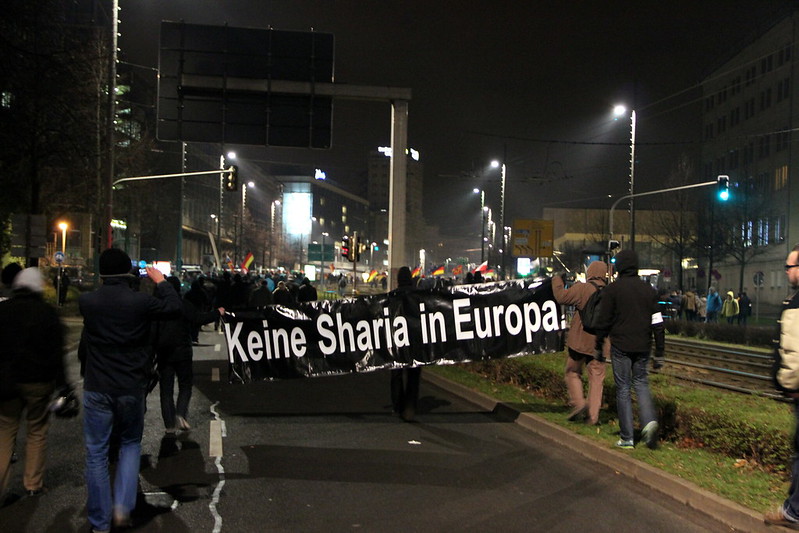
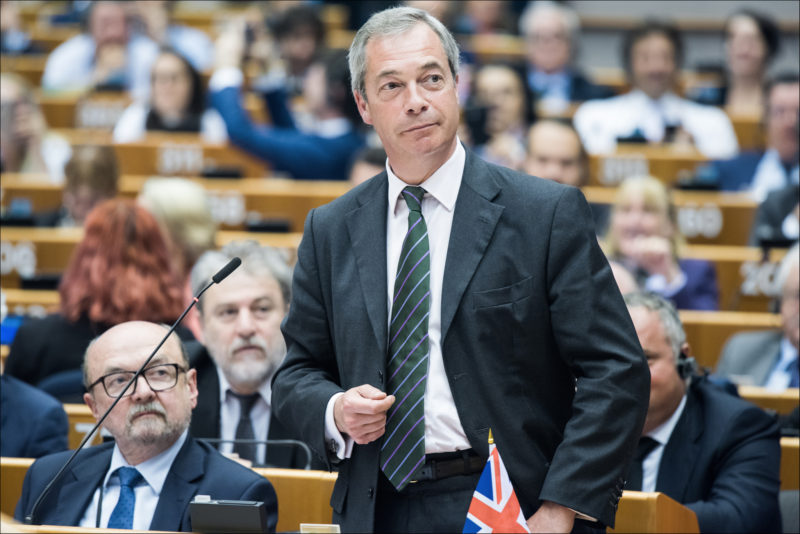
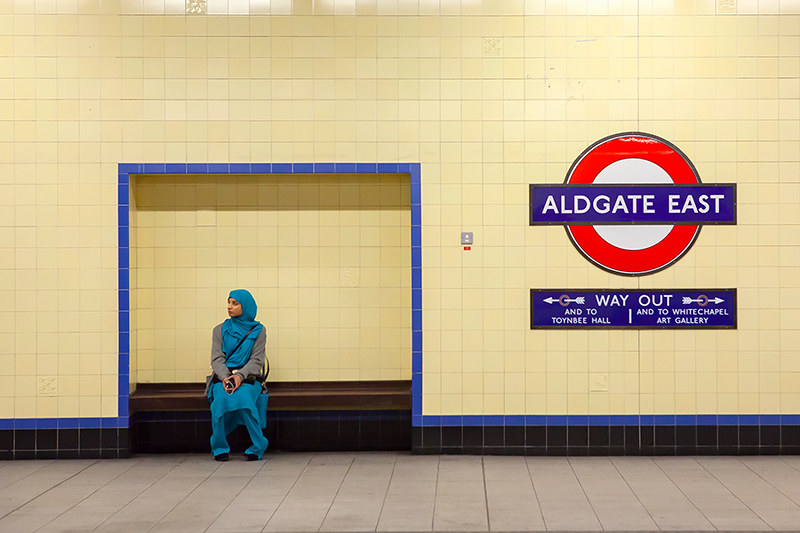













No Comments